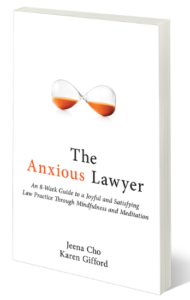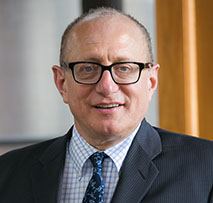 Brooklyn Law School’s Professor Alex Stein gained appointment to the Israeli Supreme Court. Stein, a foremost expert on torts, medical malpractice, evidence, and general legal theory, was appointed along with Israeli District Court Judge Ofer Grosskopf to fill two open Supreme Court positions that were vacated by retiring justices. Stein’s nomination was unanimously approved by the Judicial Appointments Committee. There are 15 justices on the Israeli Supreme Court.
Brooklyn Law School’s Professor Alex Stein gained appointment to the Israeli Supreme Court. Stein, a foremost expert on torts, medical malpractice, evidence, and general legal theory, was appointed along with Israeli District Court Judge Ofer Grosskopf to fill two open Supreme Court positions that were vacated by retiring justices. Stein’s nomination was unanimously approved by the Judicial Appointments Committee. There are 15 justices on the Israeli Supreme Court.
“Professor Stein is one of the world’s brilliant legal minds,” said Nick Allard, President and Dean of Brooklyn Law School. “In the short time he has been with us, he has made an enormous positive impact on the Brooklyn Law School community—as a teacher, a scholar, and a wonderfully energetic and engaged colleague and friend. We could not be prouder of his well-deserved appointment to the Israeli Supreme Court, where we know he will make important and lasting contributions as a jurist—as he has as a law professor and practicing lawyer.”
 Born and raised in the former Soviet Union, Stein immigrated with his parents to Israel, where he finished high school, served in the military, and studied law. Following his marriage, he has lived in the United States for the last 14 years and joined the Law School faculty in 2016. While in the United States, he continued his involvement in the Israeli legal academy and practice. Stein has been recognized as one of the most highly cited scholars in the field of Evidence. His books include An Analytical Approach to Evidence: Text, Cases and Problems, (Call Number KF8935 .A83 2016). The book is a problem-based Evidence casebook that presents the Federal Rules of Evidence in context, illuminates the rules, and provides a fully updated and systematic account of the law. Lively discussion and interesting problems (rather than numerous appellate case excerpts) engage students in understanding the principles, policies, and debates that surround evidence law. He received his law degree from the Hebrew University of Jerusalem and his Ph.D. from the University of London.
Born and raised in the former Soviet Union, Stein immigrated with his parents to Israel, where he finished high school, served in the military, and studied law. Following his marriage, he has lived in the United States for the last 14 years and joined the Law School faculty in 2016. While in the United States, he continued his involvement in the Israeli legal academy and practice. Stein has been recognized as one of the most highly cited scholars in the field of Evidence. His books include An Analytical Approach to Evidence: Text, Cases and Problems, (Call Number KF8935 .A83 2016). The book is a problem-based Evidence casebook that presents the Federal Rules of Evidence in context, illuminates the rules, and provides a fully updated and systematic account of the law. Lively discussion and interesting problems (rather than numerous appellate case excerpts) engage students in understanding the principles, policies, and debates that surround evidence law. He received his law degree from the Hebrew University of Jerusalem and his Ph.D. from the University of London.

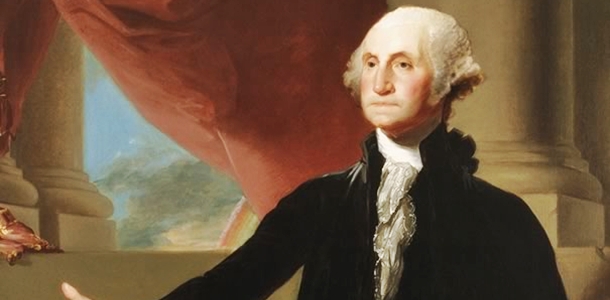
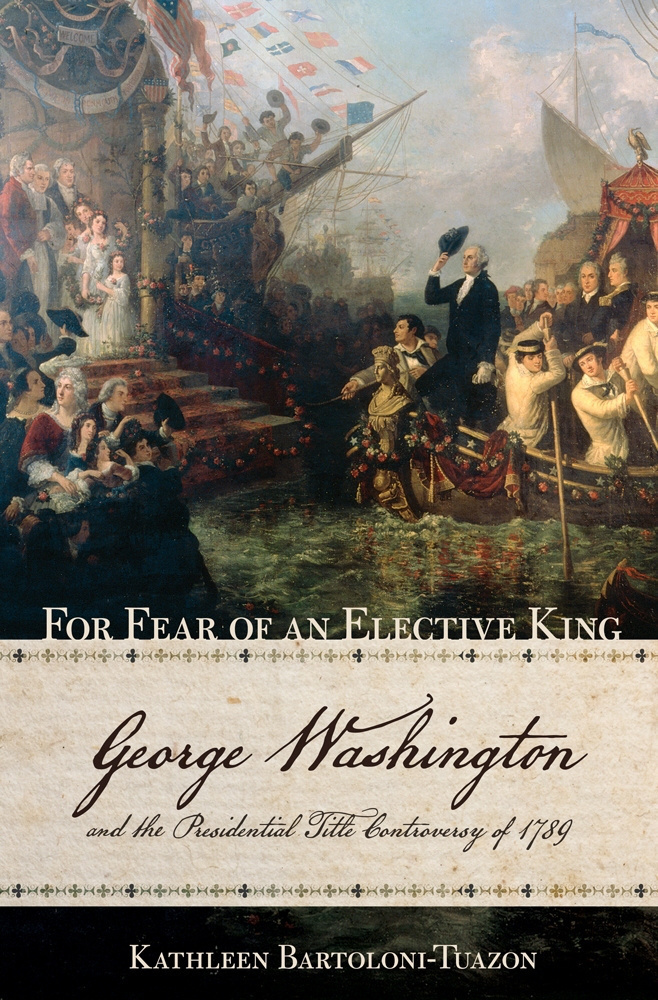
 Among the February 1, 2017
Among the February 1, 2017  The right of same-sex couples to marry triggered decades of intense conflict before the U.S. Supreme Court upheld it in the 2015 decision
The right of same-sex couples to marry triggered decades of intense conflict before the U.S. Supreme Court upheld it in the 2015 decision 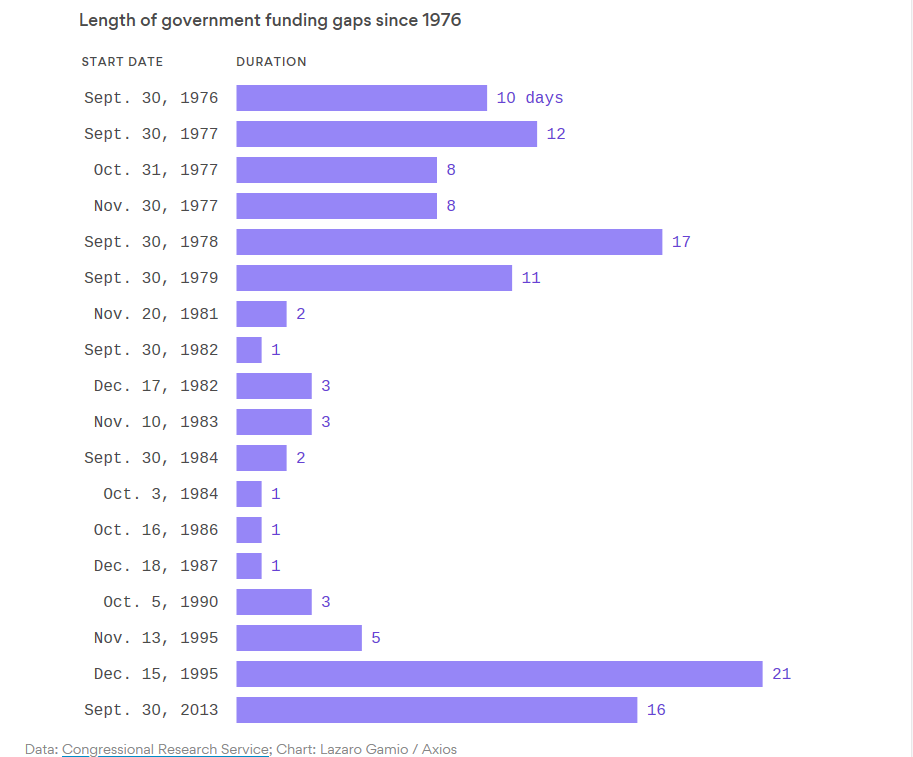

 When Cicero was attacking the corrupt governor Gaius Verres (see Brooklyn Law School Library’s 2011 e-book
When Cicero was attacking the corrupt governor Gaius Verres (see Brooklyn Law School Library’s 2011 e-book 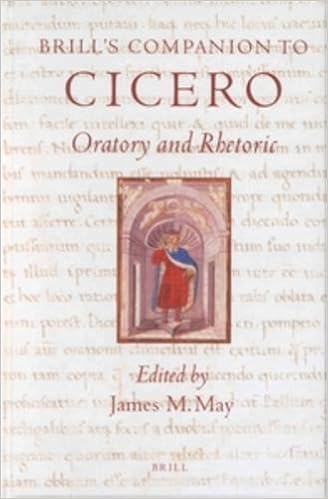 For more, see Brooklyn Law School Library’s 2002 e-book
For more, see Brooklyn Law School Library’s 2002 e-book  Brooklyn Law School Library’s e-book collection has a great title for this time of year:
Brooklyn Law School Library’s e-book collection has a great title for this time of year: 
